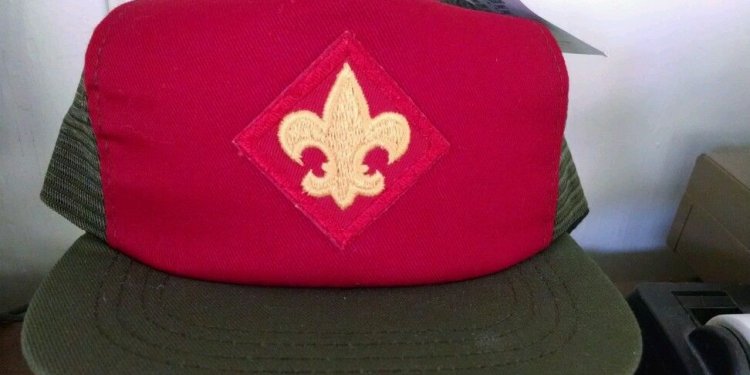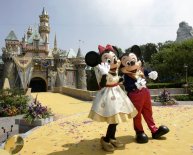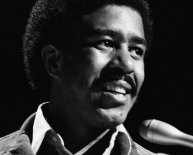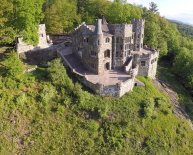
Boy Scout California campaign hat pin
Adapted from
Gladys D. Daines and Elsie Cunningham
"Prevention Programs: 1944 to 1994 and Beyond"
Fire Management Notes, Volumes 53-54, Special Issue 1992-93
In 1942, a Japanese submarine shelling of an oil field near Santa Barbara, California, very close to Los Padres National Forest, reinforced forest managers' concerns about forest fires. Ongoing war efforts had drained the United States of forest firefighters and heavy equipment used to fight fires. Thus, the Forest Service wanted to encourage the general public to participate in forest fire prevention.
The first step was taken when the Cooperative Forest Fire Prevention Campaign was begun. The forest supervisor of California's Angeles National Forest contracted the newly formed Wartime Advertising Council for help. The council was made up of business and advertising people who were willing to donate their time and talent for the war effort. With an additional pledge of support from the National Association of State Foresters, a nationwide forest fire prevention campaign was launched. Foote, Cone and Belding Communications, Inc., of Los Angeles, became the volunteer agency for the campaign. Between 1942 and 1944, fire prevention posters used wartime slogans, then Bambi. They decided they wanted a bear illustration on the posters for 1945.
On August 9, 1944, Smokey Bear was described by Richard Hammett, director of the Wartime Forest Fire Prevention Program, as having a "nose short (Panda type), color black or brown; expression appealing, knowledgeable, quizzical; perhaps wearing a campaign (or Boy Scout) hat that typifies the outdoors and the woods." Blue jeans were added later. The bear was named "Smokey" after "Smokey" Joe Martin, who was the Assistant Chief of the New York City Fire Department from 1919 to 1930.
Albert Staehle, a nationally known artist, was asked to paint the first bear, which was completed in 1944 and distributed the following year. This first Smokey poster showed him pouring water on a campfire. In 1945, Smokey made his debut in many magazine and newspaper ads and hundreds of radio stations donated valuable broadcasting time for his message.
When the war was over, the Wartime Advertising Council, renamed the Advertising Council, continued to sponsor public service campaigns, including Smokey Bear's message (and does to this day). In 1946, Rudolph "Rudy" Wendelin returned to the Forest Service after serving in the Navyhe worked closely with the Advertising Council on Smokey Bear posters. Rudy was one of the best known Smokey Bear artists and soon became nown as the "caretaker of the Smokey Bear image." After his retirement in 1973, Rudy continued to paint Smokey and act as a Smokey Bear program consultant. Harry Rossolll, another famous Forest Service artist, created four Smokey cartoons a month in the United States and Canada.

















